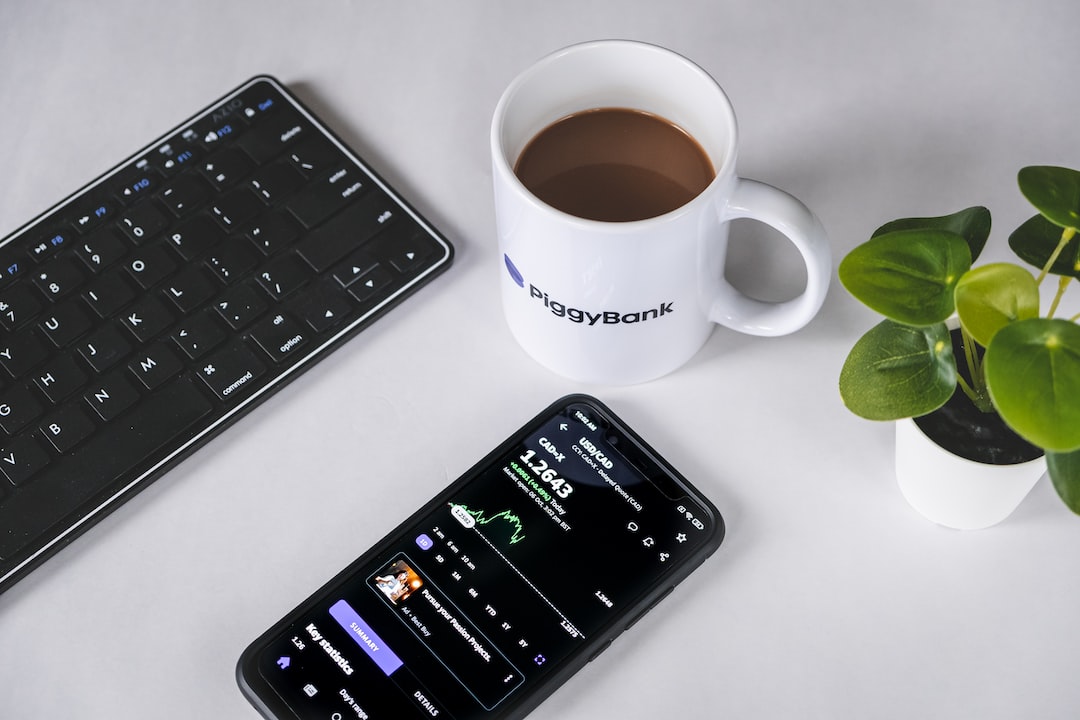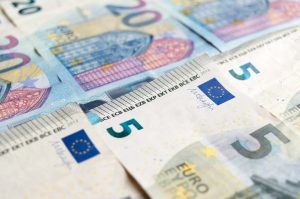Forex trading has become increasingly popular over the past few years, and for good reason. It offers traders the opportunity to make money from the comfort of their own homes, and in some cases, even from their smartphones. However, if you are new to the world of Forex trading, there are some things you need to know before you start. One of those things is lots. In this article, we will explain what Forex lots are and how they work.
What are forex lots?
In Forex trading, a lot is a standardized unit of measurement used to quantify the amount of currency being traded. A lot is essentially the minimum transaction size that traders can use when buying or selling currencies. The size of a lot varies depending on the type of account you have and the broker you are using. However, the standard size for a lot is 100,000 units of the base currency.
For example, if you are trading the EUR/USD currency pair, the base currency is the euro, and the quote currency is the US dollar. So, if you buy one lot of EUR/USD, you are essentially buying 100,000 euros and selling an equivalent amount of US dollars.
Types of forex lots
There are three main types of Forex lots: standard lots, mini lots, and micro lots. Let’s take a closer look at each of these.
1. Standard lots
A standard lot is the most common type of lot and is equal to 100,000 units of the base currency. This means that if you are trading the EUR/USD currency pair, one standard lot is equal to 100,000 euros. Standard lots are typically used by institutional traders or traders with large trading accounts.
2. Mini lots
A mini lot is equal to 10,000 units of the base currency. This means that if you are trading the EUR/USD currency pair, one mini lot is equal to 10,000 euros. Mini lots are a popular choice for traders with smaller trading accounts.
3. Micro lots
A micro lot is equal to 1,000 units of the base currency. This means that if you are trading the EUR/USD currency pair, one micro lot is equal to 1,000 euros. Micro lots are the smallest tradable lot size and are often used by beginner traders or traders with very small trading accounts.
Calculating lot size
Calculating lot size is an important part of Forex trading. The lot size you choose will determine the amount of money you are risking on each trade. The formula for calculating lot size is as follows:
Lot size = (Risk amount / Stop loss) / (pip value x position size)
Let’s break down this formula:
Risk amount: This is the amount of money you are willing to risk on the trade.
Stop loss: This is the price level at which you will exit the trade if it goes against you.
Pip value: This is the value of one pip for the currency pair you are trading. It varies depending on the currency pair and the lot size.
Position size: This is the number of lots you will trade.
For example, let’s say you have a trading account with $10,000 and you are willing to risk 2% of your account on a trade. This means you are willing to risk $200 on the trade.
Let’s also say that you are trading the EUR/USD currency pair and the current price is 1.2000. You decide to enter a long position with a stop loss at 1.1900.
The pip value for the EUR/USD currency pair is $10 for a standard lot, $1 for a mini lot, and $0.10 for a micro lot.
Using the formula above, we can calculate the lot size as follows:
Lot size = ($200 / 100) / ($10 x 10)
Lot size = 0.2 standard lots
In this example, you would need to trade 0.2 standard lots to risk $200 on the trade.
Conclusion
Forex lots are an important part of Forex trading. They determine the size of the trade and the amount of money you are risking on each trade. There are three main types of Forex lots: standard lots, mini lots, and micro lots. The lot size you choose will depend on your trading account size and your risk tolerance. Calculating lot size is an important part of Forex trading and should be done carefully to ensure you are not risking more than you can afford to lose.





